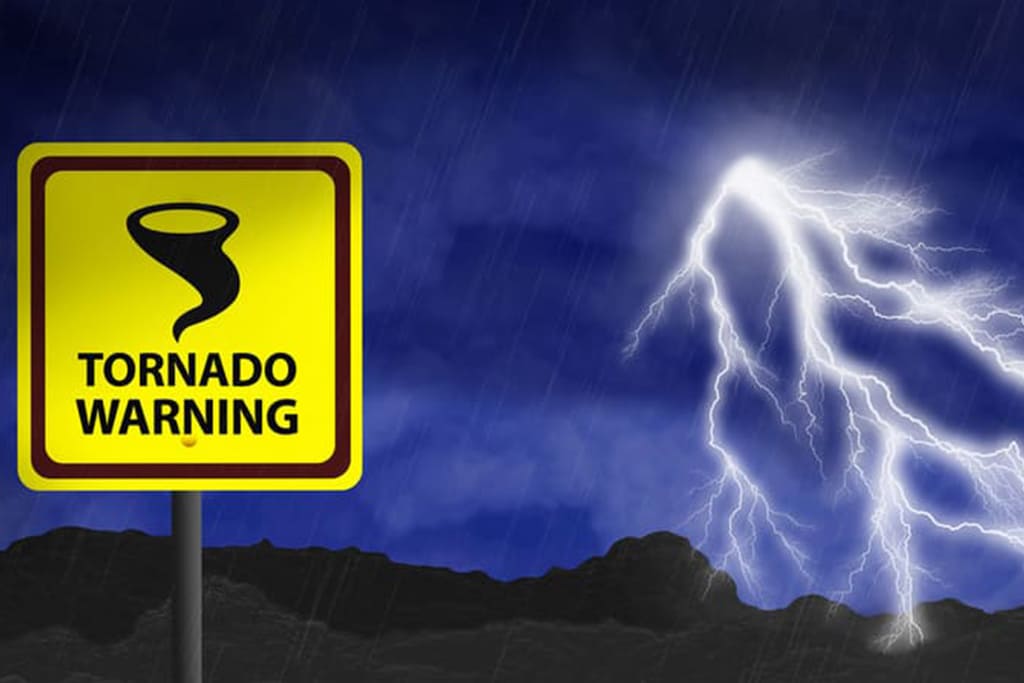As the seasons shift, we witness the blossoming of trees, the sprouting of flowers, and the skies occasionally darkening with potential storms. The transition between late spring and early summer is the peak period for tornado occurrences.
Though the central U.S., often referred to as “Tornado Alley,” is a hotspot for these storms, it’s essential to remember that tornadoes have been reported in every state. On average, the U.S. experiences around 1,200 tornadoes annually.
The good news? With the proper precautions, you can significantly reduce the risks of tornadoes to you and your loved ones.
Crafting Your Tornado Safety Blueprint
A tornado safety plan is a must regardless of where you reside. Even if tornadoes are rare in your area, it’s always better to be safe than sorry.
Identifying Safe Zones
The optimal refuge during a tornado is a basement or an interior room without windows on the ground floor. For those living in mobile homes, it’s vital to identify a nearby sturdy building for shelter. Consider investing in a dedicated tornado shelter if such a structure is unavailable.
Assembling Your Tornado Survival Kit
Prepare a tornado emergency kit for your home. Here are some essentials to include:
- 3-day water supply, with a gallon per person per day
- Non-perishable food items
- A comprehensive first-aid kit
- Battery-operated flashlight and radio
- Essential toiletries, including toilet paper
- A whistle for signaling assistance
- Warm blankets and sleeping bags
- Refer to the National Weather Service’s recommendations for a more exhaustive list.
Educating the Young Ones
Empower your children with knowledge about tornadoes. Familiarize them with tornadoes, the difference between a watch and a warning, and the best practices for seeking shelter at home and school.
Recognizing Tornado Alerts and Indicators
Staying informed is your first line of defense.
Understanding a Tornado Watch
A tornado watch is an advisory issued when conditions are ripe for a tornado. During such a watch, stay updated with local weather reports and be prepared to find shelter if the situation escalates.
Deciphering a Tornado Warning
A tornado warning is more urgent and is issued when a tornado has been sighted. When you hear this warning, seek shelter immediately.
Tuning Into Local Notifications
Different regions have varied tornado alert systems. Familiarize yourself with your local warning methods and always be alert during adverse weather conditions.
Physical Signs of an Approaching Tornado
Apart from official alerts, nature provides its own set of warnings:
- Funnel-shaped clouds
- Foreboding, dark, or even greenish skies
- A distinct, loud, rumbling sound
- The appearance of large hailstones
Safeguarding Your Assets with Home Insurance
Maintaining a current homeowners insurance policy is one of the most effective ways to ensure your property’s safety during a tornado or any other calamity. Reach out to your insurance representative for more details.





